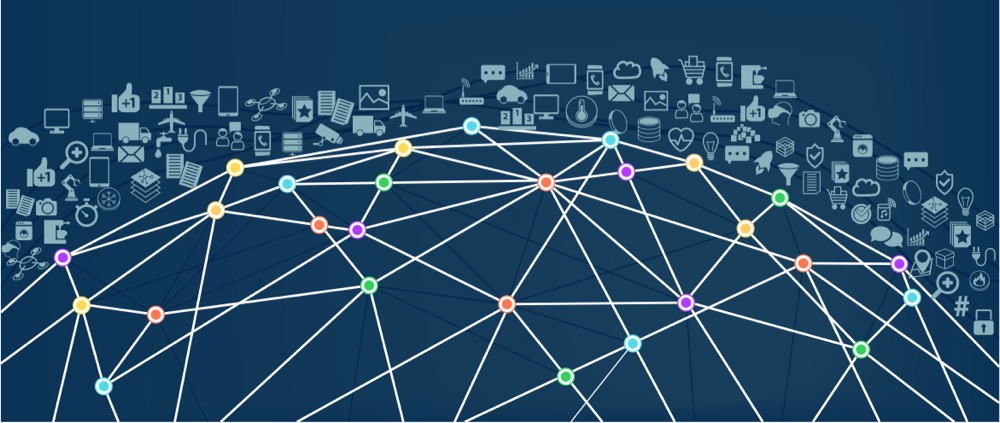
Two of the hottest buzzwords in technology today: Internet of Things (IoT) and big data analytics.
Let’s start by defining what these technologies are. Internet of Things (IoT) is the amount of items that are connected to the Internet – which is about to skyrocket. IoT technologies can be found in all kinds of different industries from agriculture all the way to energy and transportation. In many cases, these devices are tiny, inexpensive sensors that report information back to large data collectors. The data can be for maintenance reasons or to improve performance.
Big data analytics is the use of advanced analytic techniques against very large, diverse data sets that include different types such as structured/unstructured and streaming/batch, and different sizes from terabytes to zettabytes. Big data is a term applied to data sets whose size or type is beyond the ability of traditional relational databases to capture, manage, and process the data with low-latency. And it has one or more of the following characteristics – high volume, high velocity, or high variety. Big data comes from sensors, devices, video/audio, networks, log files, transactional applications, web, and social media – much of it generated in real time and in a very large scale.
Gartner predicts that there will be 6.4 billion devices connected to the Internet by the end of 2016. They will be joined by 5.5 million new devices every day. These sensors could be items in your home, including your coffee maker, however the larger application of IoT is in the corporate world.
Take oil and gas organizations for example, there is data generated by all of the devices, control systems, sensors, SCADA, networks, applications and end users connected by industrial networks. With advances in sensors, the amount of data points has escalated so much that it now requires a new way to analyze that data. That is driving the advancement in big data analytics. Now, sensors can make it into many other applications. Big data analytics can be used to improve and streamline transportation, refinement, and distribution of oil and gas. Data gathered from a drill-bit or a reservoir might provide information that can save millions in production costs if it can be analyzed and combined with other data sources.
These insights are invaluable to this industry – especially during times of reduced oil prices and increases in competition. Now is the time for organizations across all industries to start preparing to ensure you are ready to take advantage of the tangible benefits that you can gain by leveraging machine data and the IoT.
Data Quality and Governance
Getting the most from data and making accurate decisions starts with quality data. All of the analytics in the world won’t matter if the data at the core is inaccurate.
The data also needs to be opened up to everyone in the organization who could benefit from it. Data traditionally resides in silos by department. IBM self-service solutions enable access to relevant data without having to rely on a technical expert or jump between numerous applications. Users can find answers quickly—on their own and take full advantage of analytics. You may learn that production and distribution are asking the same questions. Their data, when combined, could lead to millions in cost savings.
Predictive Analytics
The cost benefits created through big data analytics extends to just about any industry. If an asset such as a crane could predict when it was going to have a failure, maintenance could be scheduled in advance at a convenient time. This saves on maintenance costs, as well as improves productivity.
For a big data analytics project to benefit an organization, it needs to be data-driven, be actionable, and generate a monetary impact.
To learn how big data analytics and the expanded use of IoT can be used to improve your business and gain a competitive edge – let’s talk! Schedule a meeting with one of our data analytics experts today.
